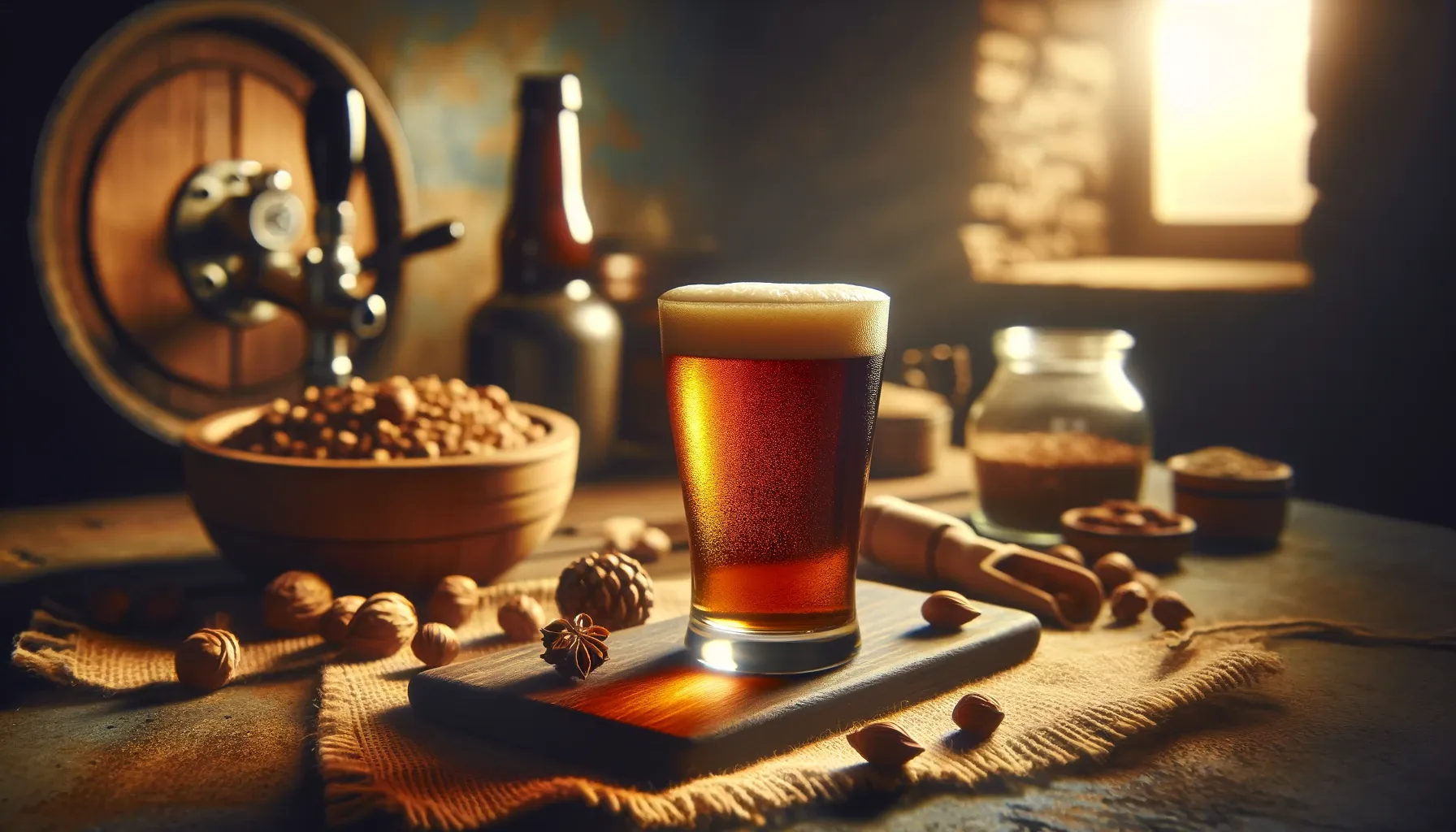The Art of Fixing Bad Beer: Practical Tips and Honest Advice
Introduction
Welcome back to DrHans Brewery, where we delve into the intriguing world of beer and homebrewing. In this casual chat, we’re tackling a question that, while not the most common, is certainly intriguing: How do you fix bad beer? Grab a beer, and let’s discuss.

Addressing the Issue: The hard truth is, sometimes the best solution for bad beer is to pour it out and learn from the experience. For instance, if your beer is infected or just tastes off, it’s often wiser to start afresh rather than trying to salvage it.
Common Attempts and Misconceptions:
- Masking Flavors: Adding extra ingredients like dry hops or fruit to mask off-flavors usually doesn’t work. It’s often just polishing a turd, leading to more expenses without fixing the underlying issue.
- Blending Beers: Trying to blend a high ABV beer with a low ABV beer or a sweet beer with a bitter one to balance the flavors can be tricky. Usually, this results in two subpar beers instead of one good one.

This is how AI imagines hot wort transferring into a No-Chill container. AI can do a lot, but not brew beer 😀
The Belgian Misnomer: Calling a funky beer, not intended to be funky, a ‘Belgian’ is an insult to the art of Belgian brewing. If a beer turns out funky unintentionally, it’s better to acknowledge the mistake rather than mislabel it.
Practical Solution: If you’re determined to fix a bad beer, experiment glass by glass. For instance, try adding a hop tea to an individual serving rather than attempting to rectify an entire keg. This approach minimizes waste and additional costs.
Closing Thoughts: While it might not be the answer everyone wants to hear, sometimes the best course of action is to keep it real and start anew. Brewing is a journey of learning and experimentation, and every failure is a step towards a better brew.




Recent Comments